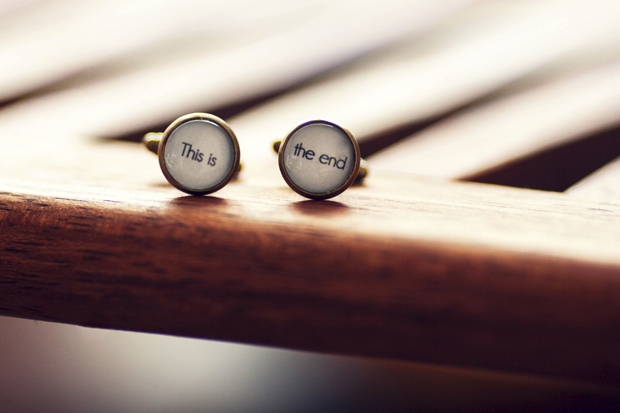First, a confession. I have never cared much for Hercule Poirot. In this I am not alone, for his creator felt much the same way, describing him as a ‘detestable, bombastic, tiresome, egocentric little creep’, albeit a creep with remarkable commercial staying power. Fortunately, my prejudice doesn’t affect enjoyment of the brilliantly constructed plots and the unobtrusively effective storytelling. But I find it far easier to warm to Miss Marple.
Poirot is, after Sherlock Holmes, the most celebrated fictional detective in the world. It was only a matter of time before the Agatha Christie estate allowed him to be brought back to life. Continuations have become big business in recent years — marriages of convenience between a prominent, dead author and a well-established living one. Sophie Hannah was a wise choice: not only is she an excellent crime novelist in her own right, but she understands Christie’s books in a way that only an admirer can.
The Monogram Murders is set in 1929 (the year Christie published one of her less successful novels, The Seven Dials Mystery). Poirot is taking a long holiday, which in this case means moving from his London mansion block to a lodging house 300 yards away. He becomes friendly with another lodger, Inspector Edward Catchpool of Scotland Yard, a man whose idea of fun is working on a nice crossword by the fire (he may well be the wettest, wimpiest detective in crime fiction).
As part of his holiday routine, Poirot dines once a week at a coffee house that serves the finest coffee in London. One evening a distraught young woman announces that she is about to be murdered, and begs Poirot to ensure that the police won’t pursue her murderer.
Meanwhile, in another part of London, Inspector Catchpool is summoned to the swanky Bloxham Hotel. Three guests have been murdered in their rooms. In the mouth of each corpse is a monogrammed cufflink. Naturally Catchpool asks his distinguished fellow lodger for help, and Poirot obligingly takes over control of the entire investigation.
From this promising beginning unfurls a story of murder so convoluted it would have made Christie herself feel dizzy. The deaths in 1913 of a Devon vicar and his young wife cast shifting shadows over every attempt to analyse what’s happening in 1929.
Hannah brilliantly impersonates the manner and speech of the great detective; he remains as splendidly vain and irritating as ever. Along with the unfortunate Catchpool, you begin by trying to decode the carefully signalled clues and Poirot’s heavy hints. About a third of the way through, you give up, lost in a maze of speculations, hypotheses, red herrings and gross improbabilities. The trick is to suspend your disbelief and settle down to enjoy the story in the way it should be enjoyed.
There are, however, several things that may hamper that enjoyment, though probably not for all readers. The Monogram Murders is perhaps half as long again as the average Christie novel of the period; this reflects modern publishing practice, but the greater length makes it harder to sustain such an artificial form.
The denouement is a complicated and rather wearisome affair, whereas the best of Christie’s novels often turn on something quite simple: they make you think ‘Ah! I should have seen that for myself.’
Finally, Agatha Christie’s fairytales of crime and punishment gain something of their impact from the fact that their historical context — everything from their language to the minutiae of everyday life — seemed effortlessly authentic both to their creator and to her contemporary readers; and they still seem, even to us, to reflect a vanished but real world that lends solidity to the story lines, however improbable. The Monogram Murders does not. Instead its setting has a dreamlike quality. Matters of language, social usage and class will jar on anyone with a feel for these things. For most readers this may not matter at all, but for some it will.
Still, in her own way, Christie was a genius; her novels are easy to parody but almost impossible to replicate. The Monogram Murders may have its limitations, but I doubt if anyone could have done a better job of resurrecting Poirot than Sophie Hannah.
Available from the Spectator Bookshop, £15.99 Tel: 08430 600033






Comments